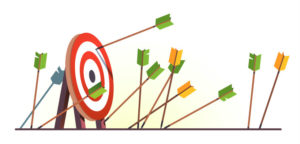
Learning: The Times, the Ways, and the Places
I have fond memories of the start of the academic year, whether it was grade school or university. One such memory is bringing home my brand-new textbooks from the university bookstore. I love the feeling of opening up a new book—such promise, such potential. But











